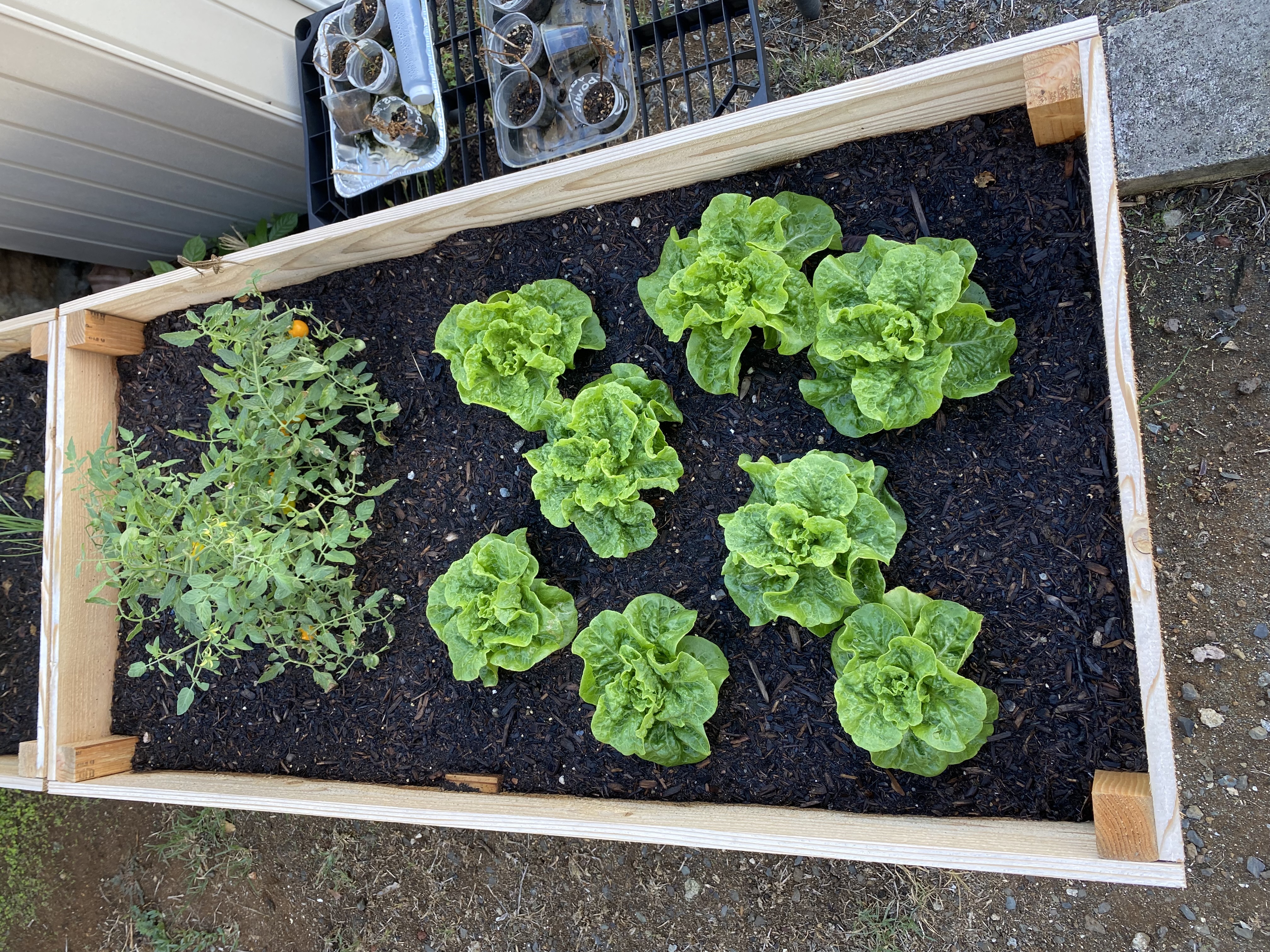Gardens are an excellent tool for reducing storm water runoff. When it rains, garden soil absorbs water—decreasing the amount of water that rushes into nearby storm drains and keeps dirt, fertilizer, oil, garbage and bacteria from entering our streams and oceans. Even if you have a limited amount of space, starting a garden can be easy! Here are a few steps to get you growing your own flowers, produce, and herbs right at home.
Gardens are an excellent tool for reducing storm water runoff. When it rains, garden soil absorbs water—decreasing the amount of water that rushes into nearby storm drains and keeps dirt, fertilizer, oil, garbage and bacteria from entering our streams and oceans. Even if you have a limited amount of space, starting a garden can be easy! Here are a few steps to get you growing your own flowers, produce, and herbs right at home.
- Find the right spot. While a garden in the ground is ideal, a raised garden bed works great, too! It’s a great option for those living in buildings or homes without yards. Garden beds come in various shapes and sizes, so pick the one that works best with your space. Also, be sure to choose an area with the right amount of sunlight for the plants you choose to grow. If you don’t have space for raised beds, container gardening is another great option!
- Find the right soil. If you’re planting a garden above ground, you’ll need to find the right blend. There are many soils on the market, each serving a different purpose. Some are better for indoor plants, others work well for raised beds—with different soils for whether the bed is higher or lower to the ground, and some are made for vegetables while others are for flowers. Do some research on the plants you want to grow, look at your garden, and figure out what conditions are ideal. From there, you can determine the type of soil you’ll want to use.
- Pick your plants or plant your seeds. You can buy plants from your local nursery or start your own seedlings. If you choose to start growing from seed, you can plant a few seeds in a couple of small containers to grow your seedlings. Once they form roots and grow a couple of inches high, you can replant them in the larger garden.
- Water your garden. The location of your garden will impact how often you need to water your garden. If it rains frequently, you may be able to water your plants every few days. But if it’s drier where you are, you should water your plants every day. Try to water in the mornings before it gets too hot – this helps prevent the water from evaporating too quickly. As your plants become established, you may be able to water less frequently. To conserve water and help prevent storm water runoff, use water from a rain barrel. You can also use a gray water system or other creative water system to help conserve water.
- Watch your garden grow! Harvest your flowers, herbs, and produce as they become mature plants. Once you’ve used what’s in your garden, start
again with your favorite plants to continue enjoying your garden!
About Us
Hawaii Department of Transportation
Oahu District
Environmental Management Section
727 Kakoi St.
Honolulu, HI 96819
(808) 831-6714
info@StormWaterHawaii.com
Follow Us on Social Media
Stay Informed
For more information and to subscribe to our Quarterly or Educator eNewsletter, sign up below.






